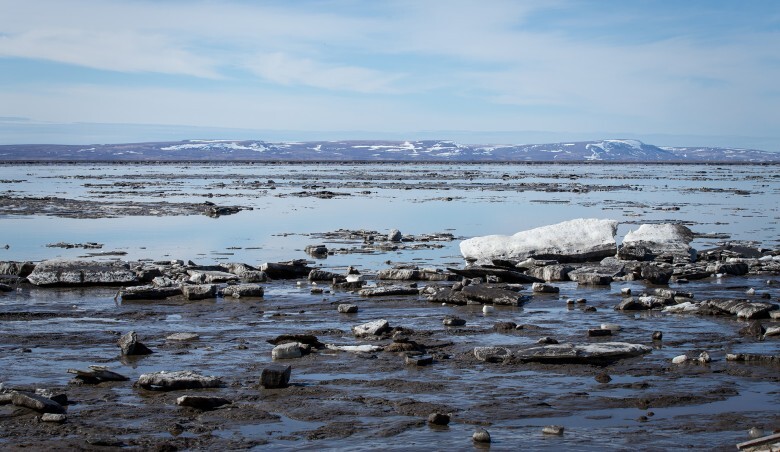Rethinking flood control in coastal South Carolina
By John Tibbetts and Susan Ferris Hill, South Carolina Sea Grant Consortium
The water has nowhere to go. When an intense downpour hits the Charleston, S.C., peninsula at a high tide, much of the city’s storm-drainage system has already reached saturation. Its pipes, ditches, and outlets are filled up with brackish tidewater. In worst cases, floods spill over curbs and sidewalks, motorists stall in murky water that laps across their hoods, and kayakers paddle in the popular City Market and Market Street in the heart of the historic district. Streets have to be closed, and many businesses are disrupted.
It’s a 300-year-old problem. The Charleston peninsula was a low-elevation place when European settlers arrived. City officials and residents dumped trash and waste in salt marshes and tidal creeks. Later, low places were filled in to build houses and businesses, and some salt marshes and creeks were targeted for destruction because they were associated with disease outbreaks.
Between 1804 and 1807, a tidal watercourse named Governor’s Creek was filled in to build what is now the flood-prone City Market and Market Street so favored by urban kayakers. Historic maps show when and where development advanced across marshlands and creeks. The footprint of the peninsula today is about 50% fill, and the fill sites are still the lowest spots in the city and experience the most flooding, according to Laura Cabiness, director of the city’s Department of Public Service. “They just barely filled the creeks to get them dry,” she says, “and all the water wants to make its way to its natural channels.”
Global sea level, meanwhile, has risen eight inches over the past century, but its pace has doubled since the early 1990s because of climate change. Thunderstorms are producing more intense downpours in the eastern half of the U.S. since the 1950s, also because of climate change. Finally, Charleston’s flood-prone neighborhoods, built on loose salt-marsh sediments, are sinking as those sediments and fill compact. Charleston is one of the U.S. cities most threatened by rising global sea level, according to the 2014 National Climate Assessment produced by 13 federal agencies.
Charleston is also one of the top seven U.S. cities with frequent “nuisance flooding events,” including backed-up storm drains and closed roads. From 1957 to 1963, Charleston had an average of 4.6 days per year of nuisance flooding. From 2007 to 2013, that number jumped to 23.3 days per year, an increase of 409%, according to a recent study led by William Sweet, an oceanographer with the National Oceanic and Atmospheric Administration. Nuisance coastal flooding is a “sensible indicator” for communities to track as they plan for climate-related sea-level rise, Sweet says.
To reduce flooding of urban streets and buildings, U.S. coastal cities have built “hard” or “gray” flood-control structures (seawalls, bulkheads, rip-rap) and storm-drainage systems (canals, tunnels, pumping stations). But now some communities are rethinking that model.
Perhaps the most effective tool is for communities to enact local comprehensive plans and zoning ordinances that manage new development in high-risk areas. “There are many opportunities for communities to incorporate ‘no-regrets’ strategies,” says Liz Fly, coastal climate specialist with the S.C. Sea Grant Extension Program and Carolinas Integrated Sciences and Assessments. A “no-regrets policy” is cost-effective, reduces risks, and has benefits regardless of future climate. “Local comprehensive plans can address today’s problems such as nuisance tidal flooding and at the same time address longer-term issues such as sea-level rise. These plans are typically reviewed every five-to-10 years, so they can be continually updated to changing conditions.”
Read the full article on the S.C. Sea Grant Consortium’s website.
Other resources:
S.C. Sea Grant Consortium Extension Program’s climate webpage


